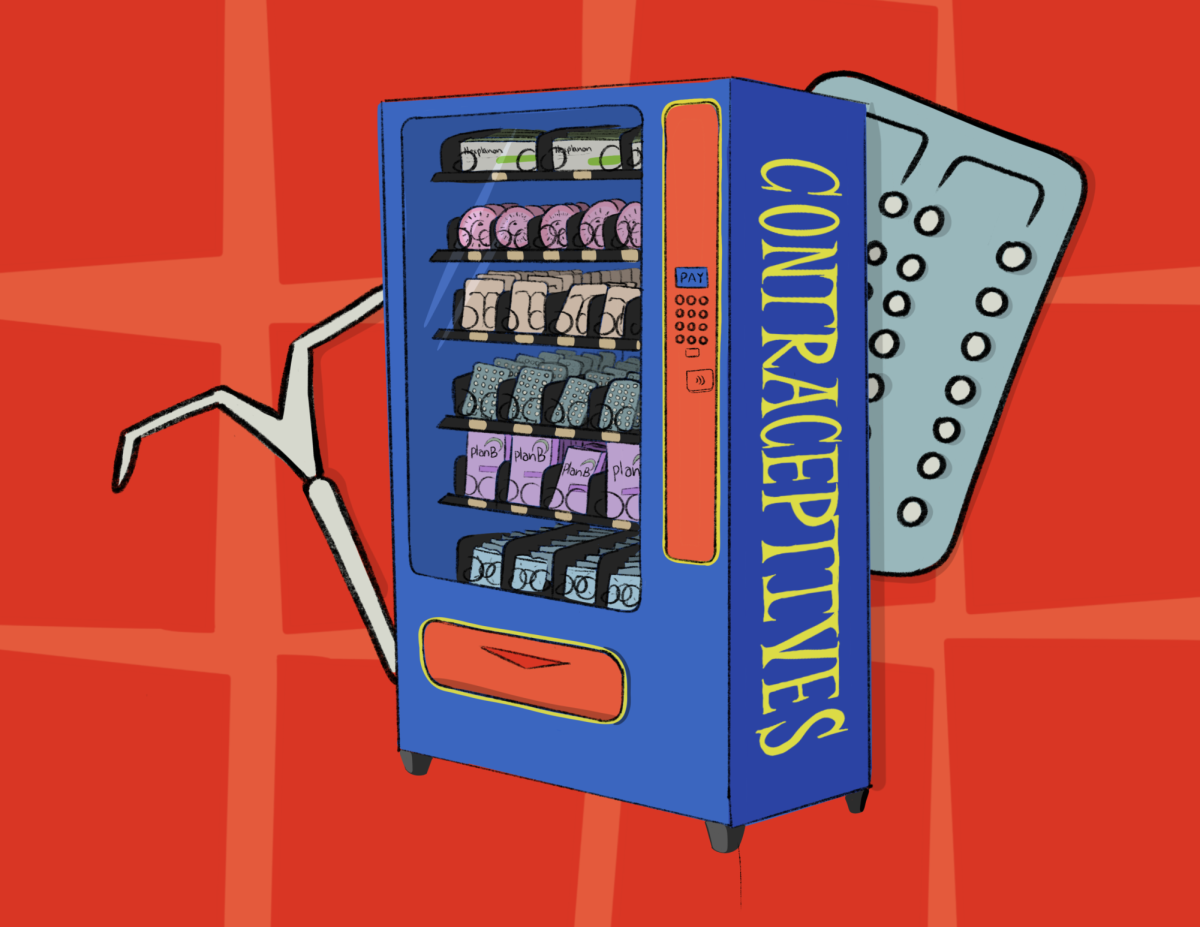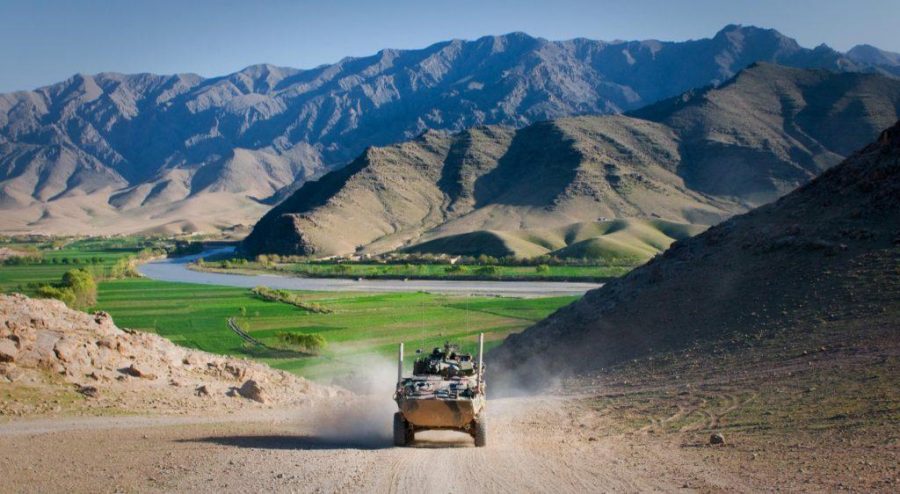For those who have followed the war in Afghanistan, the Central Command’s latest request for additional troops should look familiar. After all, a similar request was made in 2009, when then-president Barack Obama approved the move of an additional 30,000 troops to the war as part of a “surge.” Obama, who had campaigned against war, found the decision difficult to make. Now, seven years and billions of dollars later, we should be thinking even harder about what a surge could accomplish. Now, more than ever, it may be time to consider each Afghanistan strategy an exit strategy and to pay more attention to the kinds of problems that a surge will never solve.
One could be more optimistic about the war if it weren’t for the facts on the ground. A recent report from a Department of Defense oversight agency paints a sordid picture of a war that has lasted for 15 years and refuses to end. The Afghanistan government currently controls only 63.4 percent of the country, meaning it has lost ground to the Taliban from last year’s 65.6 percent. But for a war that has cost over $685 billion since Jan. 1, 2015, either figure should distress us. Corruption within Afghanistan’s armed forces (including “ghost soldiers” put on the rolls to extort money) threatens to make much of the monetary investment a complete waste.
Given the current situation, which the commander of the United States forces in Afghanistan, General John Nicholson, has referred to as a “stalemate,” the request for troops seems to make short-term sense: After all, what better way to resolve a problem than by sending increased backup? The surge, as Nicholson described it, would only call for thousands of troops, and perhaps it could serve to reverse some of the gains that the Taliban has made in the past year.
From a long-term perspective, however, we can see the troop surge for what it is: a continuation of what has amounted to a failing strategy. When the U.S. invests billions into the longest war in its history and continues to lose territory, we should ask questions about the entire enterprise. Will more U.S. troop presence, which seems to succeed at creating temporary gains, resolve the endemic issues which undermine all of these successes? Do we truly have an exit strategy when we have begun to ramp up our war effort?
The U.S.’s continued mission in Afghanistan, which does include a great deal of infrastructural aid, has been called a “reconstruction.” This means the war effort includes addressing daunting challenges in resolving issues with the Afghanistan government’s political and military infrastructure. When efforts to help fix these systems are failing, and problems of corruption continue to undermine them, it calls for a new approach. The human and material costs of more troops are hard to justify in a world where we cannot even be assured of their long-term effectiveness.
In the end this means we should reject quick solutions, a new “surge” being one of them. We should reject the idea that more resources will resolve fundamental, intractable problems in Afghanistan. We should direct our attention towards the lasting problems so that one day this war can come to a close.

















